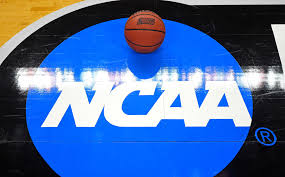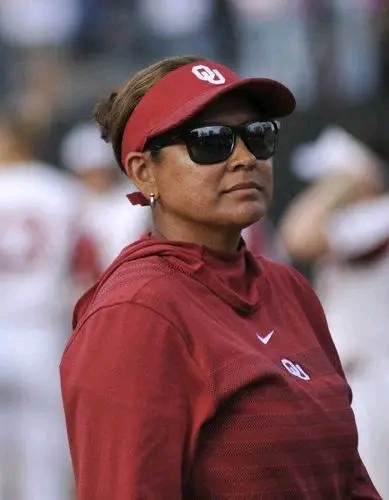
In a significant move aimed at modernizing the sport and enhancing fairness, the NCAA announced that coaches in both men’s and women’s college basketball will now be permitted to use challenges during games. This rule change, which aligns NCAA basketball more closely with professional leagues like the NBA and WNBA, is set to take effect starting with the 2025–26 season.
The decision was finalized during recent NCAA meetings and marks a major step in the ongoing evolution of the college game. Coaches’ challenges will allow head coaches to formally request video review of certain in-game calls, including out-of-bounds plays, goaltending, and other critical moments that could affect the outcome of a contest.
How It Works
Under the new rule, each team will be granted one challenge per game. To initiate a challenge, a coach must signal clearly to the officials—much like in the NBA—and the referees will then stop play to initiate a video review. If the challenge is successful, meaning the original call is overturned, the team retains its challenge. If the challenge fails, the team loses the opportunity for further challenges in that game.
The NCAA has also clarified that the scope of reviewable plays remains limited to specific categories. These include:
- Out-of-bounds decisions
- Goaltending and basket interference
- Shot clock violations
- Restricted area block/charge calls
- Flagrant fouls or potential ejections
- Possession during jump-ball situations
Challenges cannot be used for personal fouls outside of flagrant calls, nor can they be used to protest judgment calls such as traveling or double dribbles.
Why the Change?
The push for coaches’ challenges gained momentum over the past few years due to several high-profile officiating controversies in both the men’s and women’s NCAA Tournaments. Advocates for the rule change argued that giving coaches the ability to challenge critical plays would improve the integrity of the game and help avoid game-deciding errors.
Dan Gavitt, NCAA senior vice president




